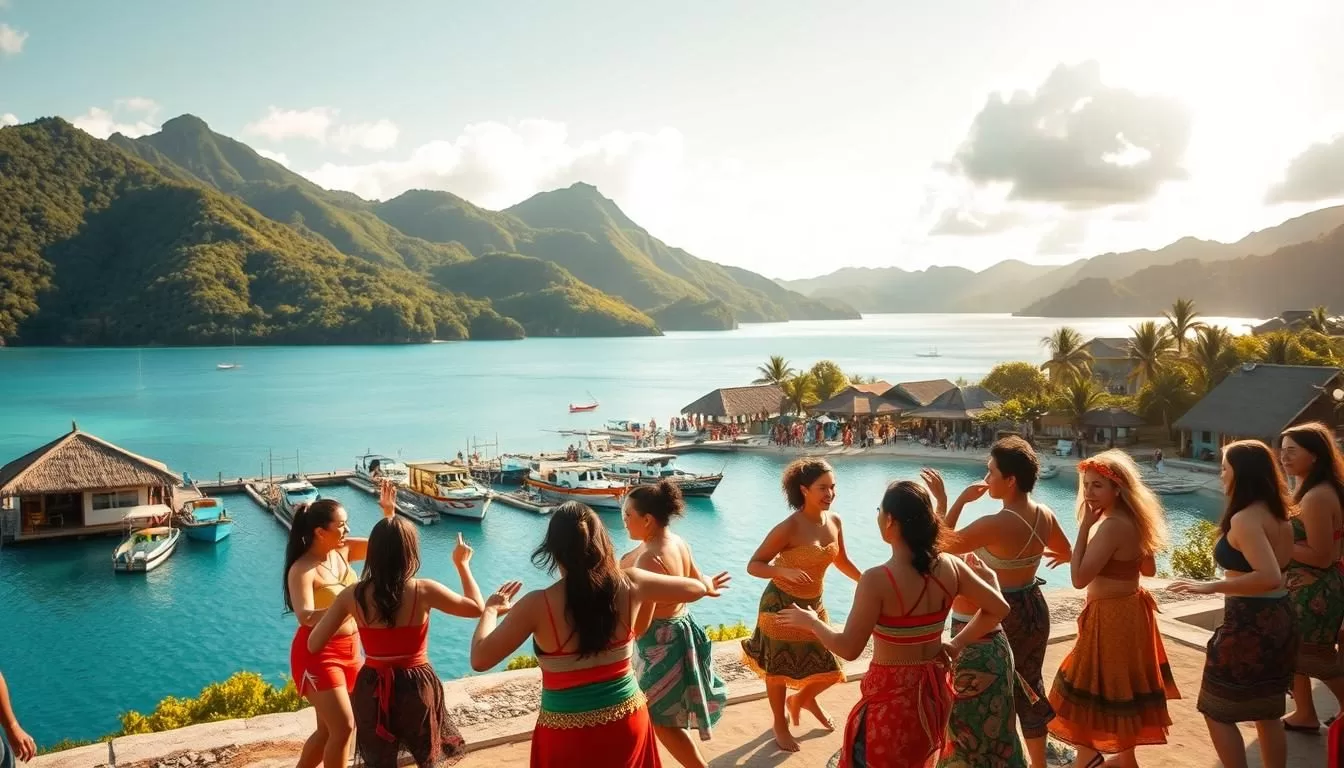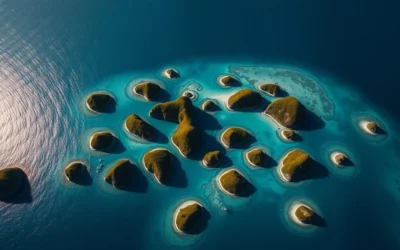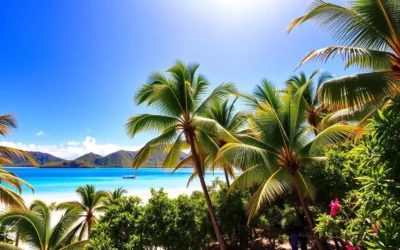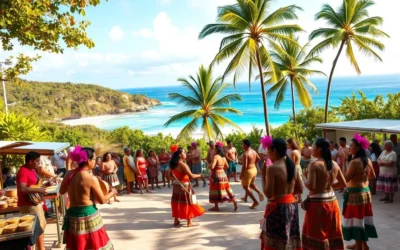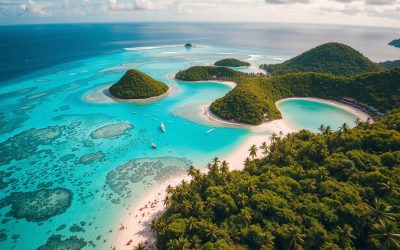✓ Accommodations✓ Flights✓ Rental Cars✓ Tours & Activities ✓ Tours & Activities
Welcome to the vibrant world of Palau, a unique island country with a rich linguistic heritage. Here, you’ll discover a fascinating blend of cultures and traditions, reflected in its official languages. Palauan, a Malayo-Polynesian language, is deeply rooted in the island’s history and daily life. Alongside it, English plays a significant role, creating a bilingual society that bridges the past and present.
This small Pacific nation is home to a diverse population, where over 81% of people speak Palauan at home. The language’s unique structure, with 10 consonants and 6 vowels, adds to its distinct identity. English, on the other hand, is widely used in government, education, and business, making it accessible for visitors and locals alike.
Exploring Palau’s linguistic landscape offers a glimpse into its cultural fabric. Whether you’re learning about its language family or the historical influences that shaped it, this guide will help you appreciate the deeper connections between words and heritage. Dive in and uncover the stories behind this island’s official languages.
Exploring Palau’s Cultural and Linguistic Landscape
Discover how history and migration have shaped the language diversity of this unique country. Over 3,000 years ago, early settlers from the Philippines arrived, laying the foundation for its rich cultural mosaic. European explorers later arrived in the 16th century, adding another layer to its evolving identity.
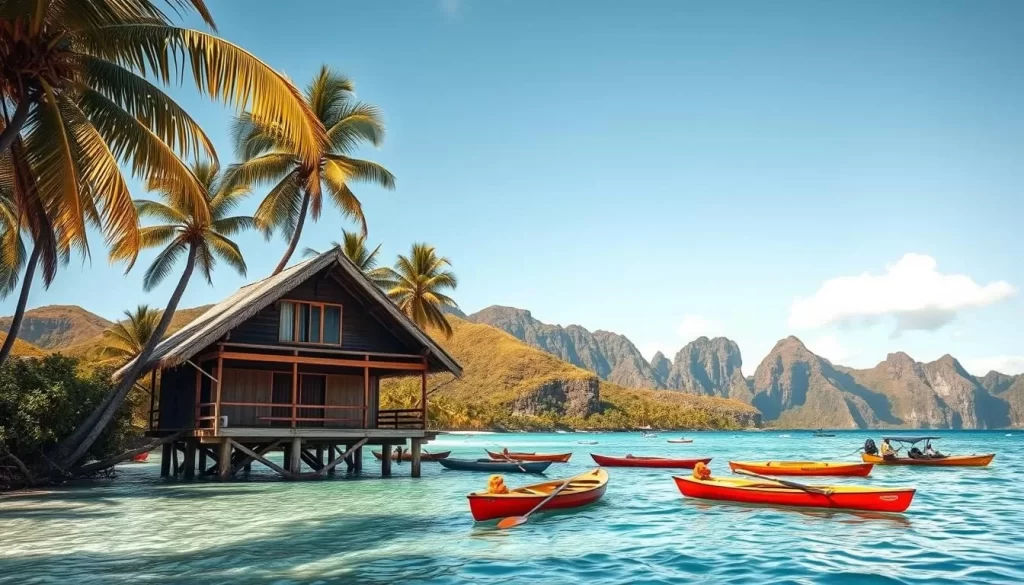
An Overview of Palau’s History and Demographics
This island state has a fascinating history. Its population is projected to reach 17,600 by 2025, with a density of 93.6 persons per square mile. Urban areas, like Koror, house over half of the residents, creating a vibrant hub of activity.
The cultural fabric of the nation is a blend of indigenous traditions and migrant influences. Early settlers brought their customs, while later arrivals introduced new ideas. This mix is evident in daily life, from festivals to food.
The Role of Migration in Shaping Language Diversity
Migration has played a key role in shaping the linguistic landscape. Waves of migrants from neighboring regions have enriched the language diversity. For example, Filipino and Japanese influences are still present in vocabulary and cultural practices.
Today, migration continues to impact the country. Newcomers bring their languages and traditions, adding to the cultural melting pot. This ongoing exchange ensures that the linguistic heritage remains dynamic and evolving.
Understanding this history helps you appreciate the deep connections between language and culture. It sets the stage for exploring specific languages in the upcoming sections.
Palau: Official and widely spoken languages
The languages of this Pacific state tell a story of tradition and modernity. With a rich cultural backdrop, the official languages here reflect both heritage and practicality. Let’s dive into the unique features of the Palauan language and the role of English in this island nation.
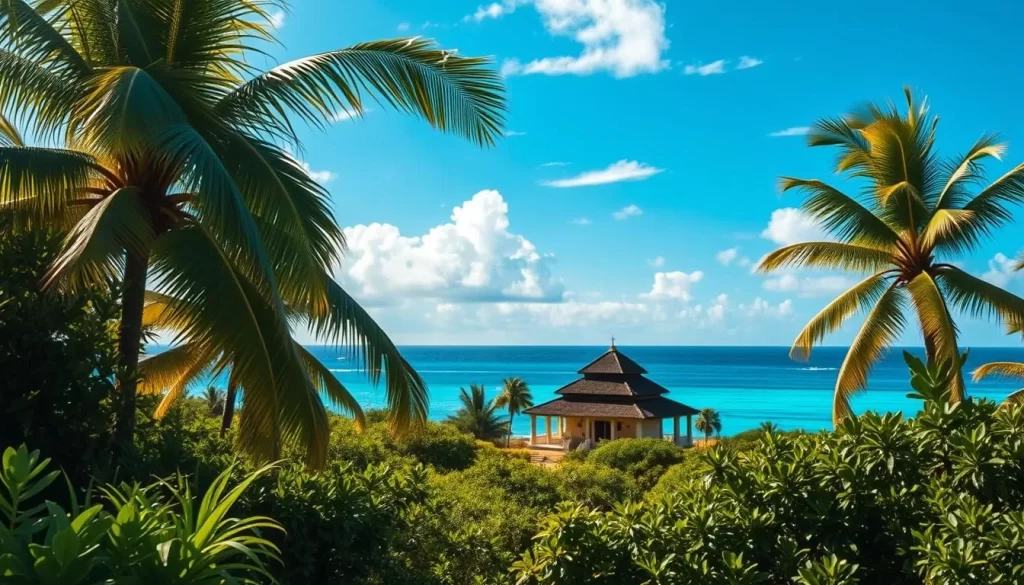
Insights into the Palauan Language and Its Unique Features
The Palauan language stands out with its small phonemic inventory, featuring 10 consonants and 6 vowels. Its Latin-based writing system, established in the 1970s, includes 12 native consonants and 10 vowels. This structure makes it distinct among Micronesian languages.
Palauan also showcases unique allophonic variations, adding to its complexity. Its grammar and vocabulary reflect influences from Central Philippine and Samalic languages. These features highlight the historical connections that shaped this language.
English in Palau: Usage, Status, and Practicality
While Palauan is the heart of local communication, English plays a vital role in formal settings. It’s the primary language for government, education, and business. This makes it essential for visitors and locals alike.
English’s widespread use ensures smooth interactions in official institutions. Its practicality bridges cultural gaps, making it a key part of daily life. Together, these languages create a bilingual society that honors tradition while embracing modernity.
Delving into Minority and Indigenous Languages
Hidden within this Pacific state are languages that carry centuries of cultural heritage. Beyond the primary tongues, minority languages like Sonsorolese and Tobian shine as linguistic gems. These languages are not just tools of communication but vital threads in the fabric of cultural identity.
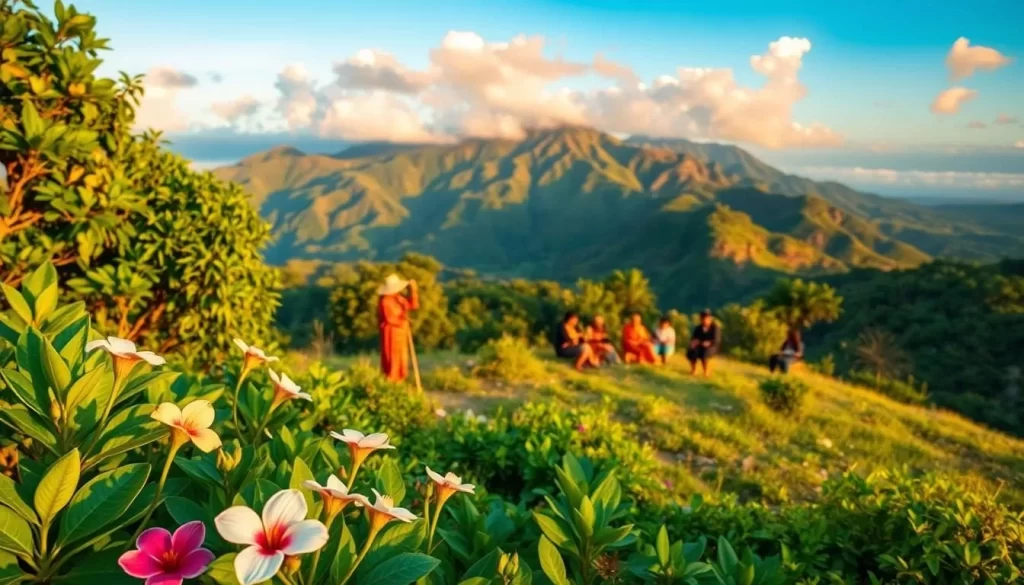
Sonsorolese and Tobian: Local Linguistic Gems
Sonsorolese is the official language in the state of Sonsorol, spoken by a small but dedicated community. Similarly, Tobian thrives on Tobi Island in Hatohobei. Both languages reflect the unique histories of their respective regions. They are more than words; they are living connections to the past.
Despite their significance, these languages face challenges. Migration and globalization have reduced the number of fluent speakers. Yet, they remain symbols of resilience, embodying the spirit of their communities.
Language Preservation and Future Prospects
Preserving these indigenous languages is crucial for maintaining cultural diversity. Efforts are underway to document and revitalize them. Local communities are leading initiatives to teach younger generations, ensuring these languages survive.
Educational programs and cultural events play a key role in this mission. By celebrating these languages, the nation honors its rich heritage. The journey to preserve them is a testament to the enduring power of language in shaping identity.
For more insights into the sociolinguistic landscape of this region, explore this detailed study. Additionally, learn about broader efforts to protect indigenous cultures in the Pacific here.
Conclusion
The linguistic tapestry of this island nation reflects a blend of tradition and modernity. Its official languages, Palauan and English, play vital roles in daily life and governance, connecting the past with the present. Migration and history have shaped this country’s rich linguistic diversity, making it a unique cultural hub.
Palauan stands out with its distinct phonemic structure, while English ensures accessibility in formal settings. Together, they create a bilingual society that honors heritage while embracing practicality. Minority languages like Sonsorolese and Tobian, though facing challenges, remain symbols of resilience and cultural identity.
Understanding this linguistic landscape offers a window into the world of this Pacific state. It highlights the importance of preserving these languages for future generations. Dive deeper into this personal journey of discovery and explore how cultural diversity shapes societies globally.
For more insights, visit this detailed guide or explore the Palauan language report.
The above is subject to change.
Check back often to TRAVEL.COM for the latest travel tips and deals.
